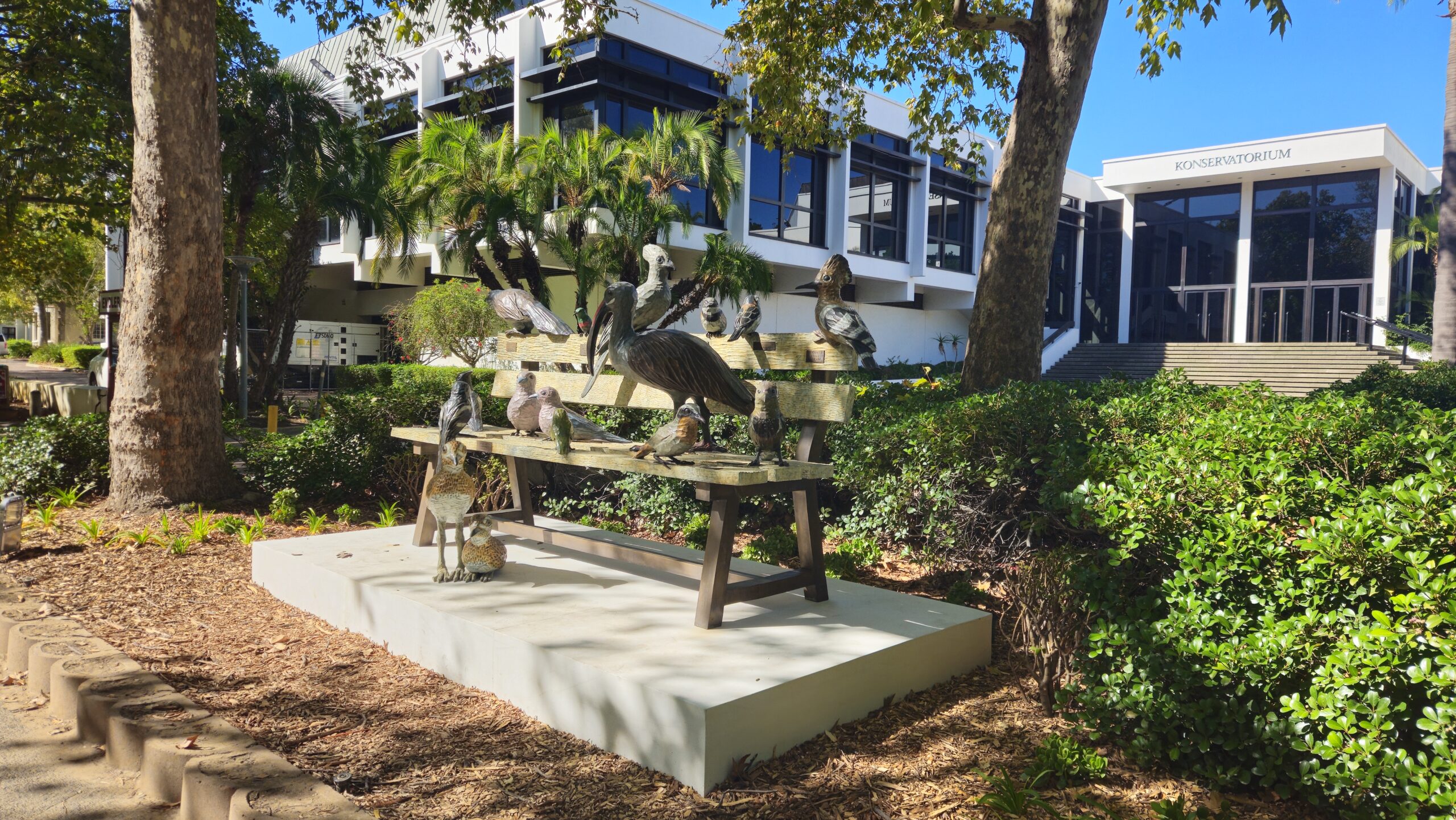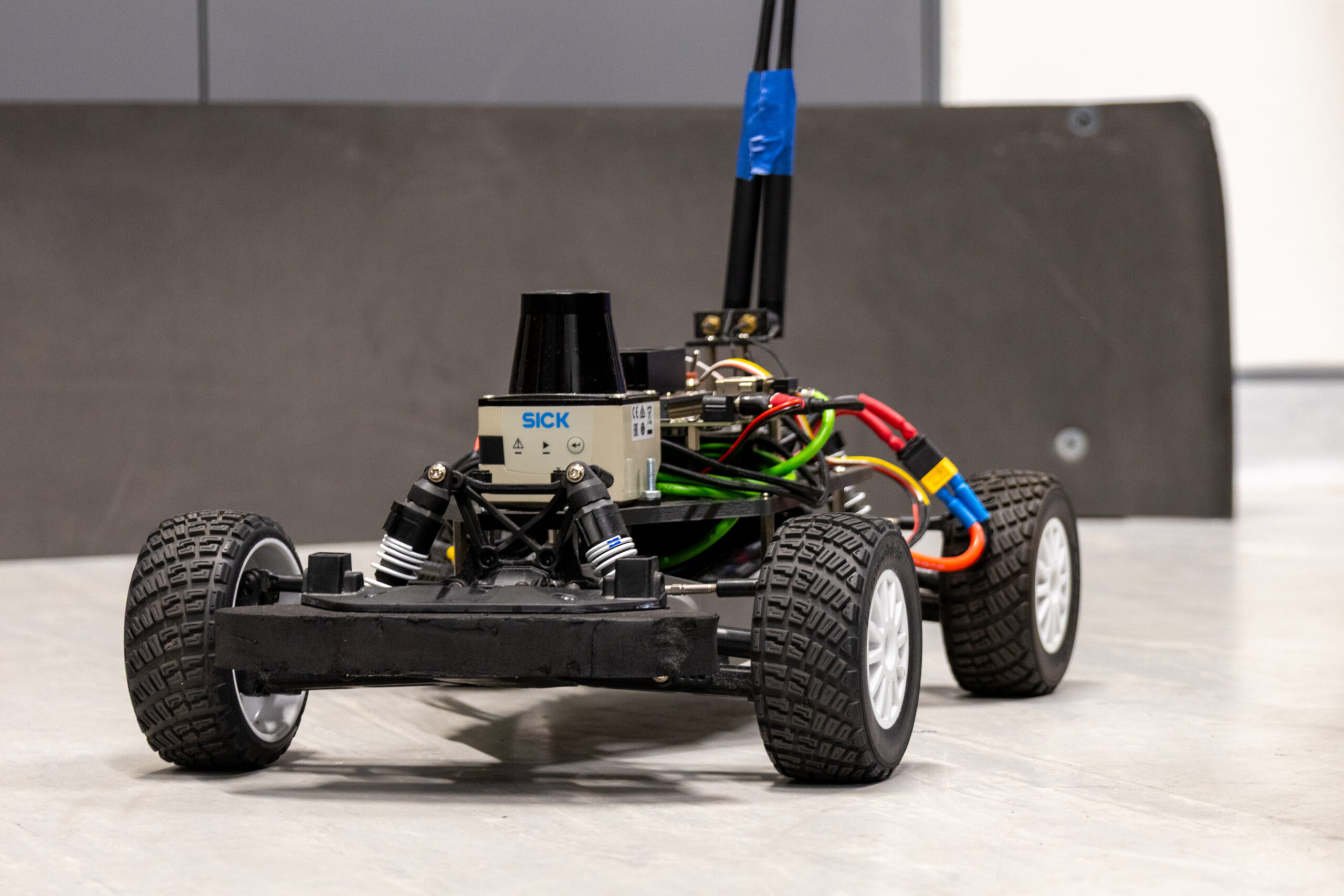BY ILA ALBERTS
You can be a real lifesaver. This is the central message of Nicola Kassier, a Stellenbosch University alumnus who donated bone marrow in February 2010 after registering at the South African Bone Marrow Registry (SABMR). Her donation saved the life of a young man who had been suffering from cancer.
Bone marrow donations are used to treat leukemia and blood diseases, often in children, and the treatment has a success rate of approximately 70%.As the 73 000 people who are currently registered, as donors, in South Africa are not nearly enough to satisfy the need, SarahBelle Selig (a writer at SABMR) states that it is vital for more people to register.
“Many believe that donating is painful, invasive, and irreversible – but really it’s just done through the blood, doesn’t require an operation, and doesn’t permanently remove anything from the donor’s system,” said Selig.
Kassier confirms this. The current procedure typically takes eight hours and patients are generally awake throughout. The entire process is free of charge, and the SABMR even paid for Kassier’s mother to fly to Cape Town and support her during her donation.
She describes it as an “amazing and emotional experience” and remembers feeling emotionally connected to the patient receiving the donation, who had been suffering for years. Today he is married and a father, all thanks to the donation Kassier made 11 years ago.
Potential donors can register online at sabmr.co.za, afterwards a cheek swab test kit will be conducted on them at their nearest donation centre. If someone is a potential match, the SABMR will contact them to organise further blood tests to confirm compatibility; which is largely determined by your genetics, more specifically – your haplotype. According to the National Humane Genome Research institute a haplotype is a set of polymorphisms or DNA variations which tend to be inherited together.
According to Selig, it is especially important that people of colour register, since a mere 30% of registered donors are Black and people of colour “[b]ecause their haplotypes are unique, that means that both Black and Coloured South Africans will likely only be able to receive bone marrow from other Black and Coloured South Africans. That’s why we need the donor database to be as ethnically diverse as the South African population: to give everyone a fair shot at finding a donor and getting a second chance at life,” said Selig.
Another way in which you can save up to three lives simultaneously, is by donating blood.
Karin Rautenbach, a third-year BA (Law) student, donates regularly in Stellenbosch and encourages everyone who might feel hesitant to try it out. “I know that one day when I’m lying in hospital, I can count on the people donating blood to come and help me out,” Rautenbach added.
The Western Cape Blood Bank is currently critically low. Visit wcbs.org.za or download their app to find out more.



